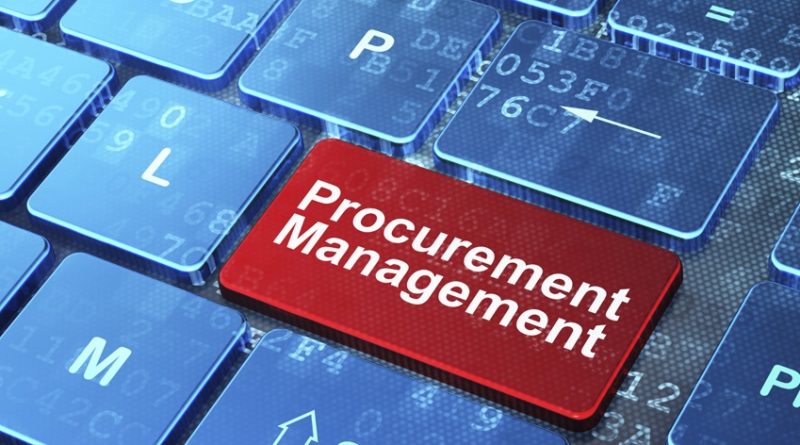Putting Together a Team: 5 Steps for New Procurement Managers
5 Steps to Building a Procurement Team
1. Identify what you are responsible for and who’s holding you accountable
This is a good place to start because I believe you need to understand clearly the size and nature of the beast that you are taking on before you can provide appropriate services to meet your internal clients’ requirements.
2. Find out your budget
You have gone through the first step and understand the scope and extent of your position and what is expected of you. You may have gone one step further and worked out a headcount for both full- and part-time positions to cover what you need. Knowing how much your budget is will determine what you can or cannot have from a human resources perspective (particularly when your business is facing challenging economic times).
3. Contact Human Resources
You know what you need and what your company can afford. Develop position descriptions and a recruitment and placement plan. A checklist or person and skills profile will also help shortlist those who may be the best and closest possible fits for each description. Now you have tostart looking to put the person into the seat.
4. Put together a strategic plan
Now you have the new team in place; where to from here? Key performance indicators need to be clarified and agreed upon with each team member. You also need to agree upon development plans and your road map — including priorities for the team, rules for stakeholder engagement, team deliverables and a short- to medium-term strategic plan. When I say strategic plan, I refer to the strategies that you as a manager have put forward; they exemplify how you will meet, fulfil and exceed business expectations. Basically, it’s you and your team will demonstrate Procurement’s value proposition.
5. Plan your day-to-day management activities
You’ve got the plan, the road map and all the strategies in place. Now what is the framework for managing all of that on a day-to-day basis? Think about milestones and gateways — checking these off and assessing completion — and all the practical ways of assuring your team, collectively and individually, is on track or not.
How can you encourage and motivate your team?
As managers we ignore this at our peril. We all want to do what is best for the business, and we want to have the right mix of people, processes, systems and tools. Let’s assume that we have got this. However, the challenge is that life has an awful habit of getting in the way, as a results of issues inside or outside of work. Things can discourage your team, so as managers we must manage and move obstacles out of the way in order to work optimally as a team. Sometimes this means we need to be magicians and grief counsellors and maybe even do the impossible. Let’s motivate and encourage our teams to stay focused. And always remember that being a good listener does not make you a weak manager — it shows your humanity and commitment to getting the best results from your team.
Source: Jeremy Kirsten










